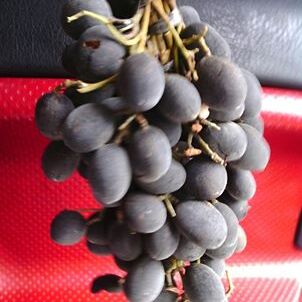Trees, up to 40 m high, dbh up to 1 m; twigs rather slender, grey to dark brown, lenticellate, young parts hairy. Leaves including petiole (7-) 10-15(-20) cm long; petiolules (3-)4-6(-10) mm long, late glabrescent. Leaflets (5-)7-9(-ll), ovate-oblong or ovate-lanceolate to elliptic, (4-)6-10(-l 1) by (2.5-)3-5(-7) cm, (stiff) coriaceous; apex (long) acuminate to cuspidate, or obtuse to rounded; base rounded to cuneate; surfaces usually concolorous, glabrous above, glabrous to late glabrescent beneath; nerves 8-10(-14) pairs, nervation fine, distinct beneath. Panicles terminal, the lower primary branches usually subtended by leaves or in fascicles axillary to fallen leaves, rachis 10-20 cm long; pedicels 2-6 mm. Flowers white. Sepals 5, ovate-oblong to elliptic, up to 5 by 2.5 mm, minutely hairy inside. Stamens 2; filaments up to 1.5 mm long; anthers oblongish, 3.5-4.5(-5) mm long, usually opening before anthesis, connective sparsely hairy on both sides. Ovary sessile, up to 2 mm long, white hairy; style short, straight to slightly recurved at top. Fruits globose to ovoid, sometimes slightly compressed, 1.5-2 (-2.5) by 1-1.5 cm; exocarp brittle, hairy but not velvety. Seeds squarish to reniform, 7-12 by 5 mm, testa light to dark brown, shiny.
More
A large tree. It grows 20-25 m high. It can be 40 m tall with a trunk 80 cm across. The leaves are compound. The leaf is 10-20 cm long and hairy. The 5-9 leaflets occur alternately. They are oval and 7-10 cm long by 2.5-3 cm wide. The flower panicles can be at the ends of branches or in the axils of leaves. They are hairy and 10 cm long. The flowers do not have petals. The buds are 4-5 mm long. The fruit is a fleshy pod with black velvety rind. It is 2-3 cm long by 1.5-2 cm wide. There is one seed inside. The seed is oval and has marks along it. It is 1-1.5 cm long. The pod has edible sweet pulp.
It is a tropical plant. It suits a hot, wet tropical lowland climate. It grows in evergreen forest in southern Thailand. It occurs in moist places in valleys. It grows in swamp forest. In Borneo it grows up to 1,200 m above sea level.
More
A canopy tree of mainly lowland primary forests, found on well-drained flat country and hills, sometimes in swampy areas including peat swamp, at elevations up to 1,150 metres.

